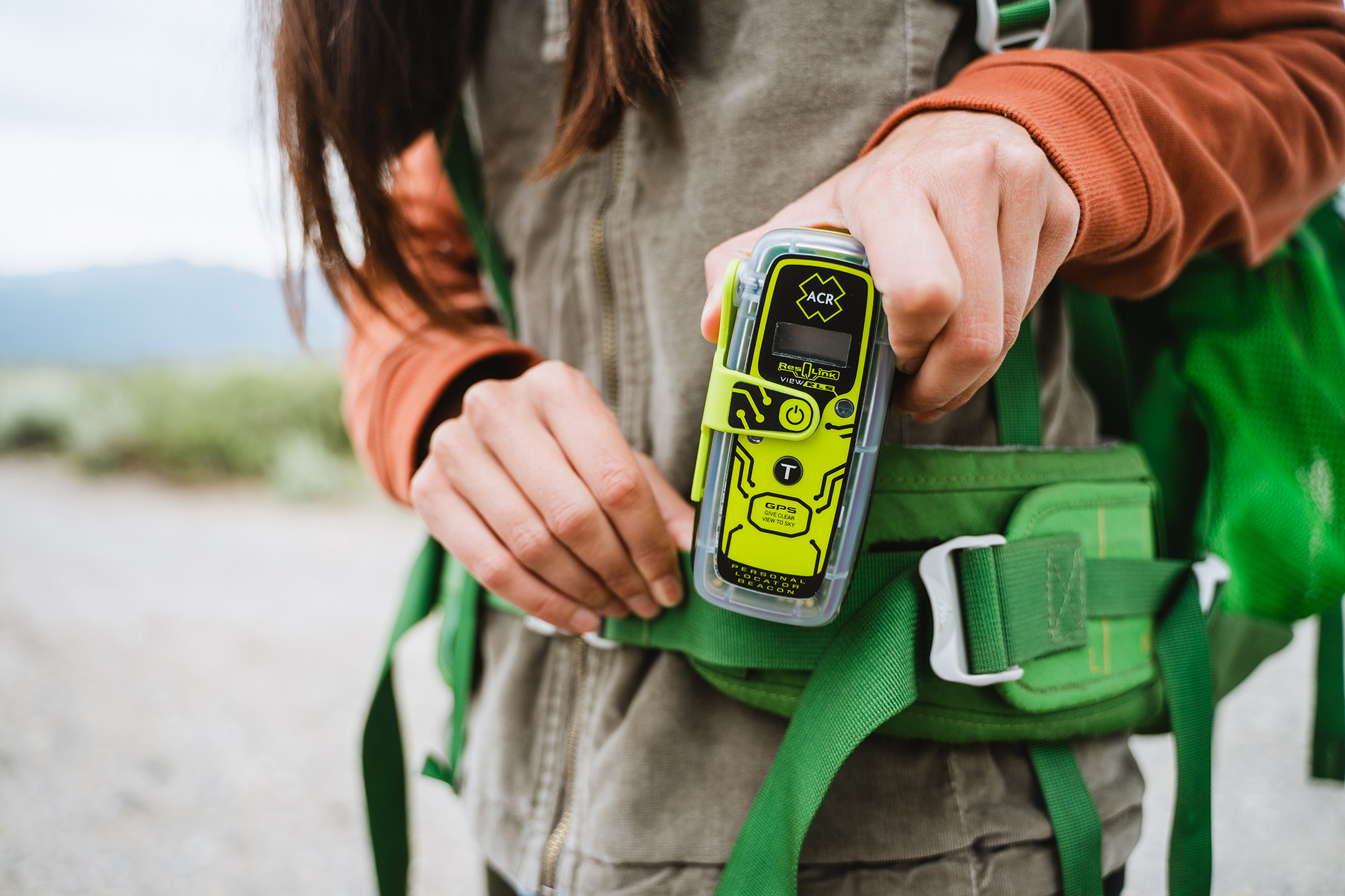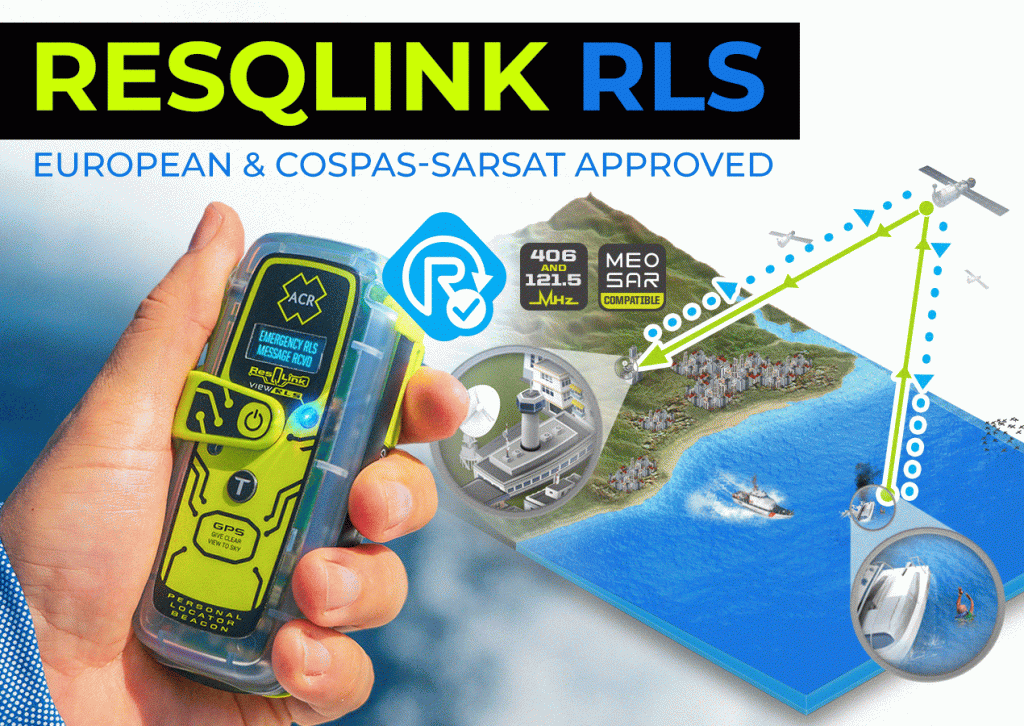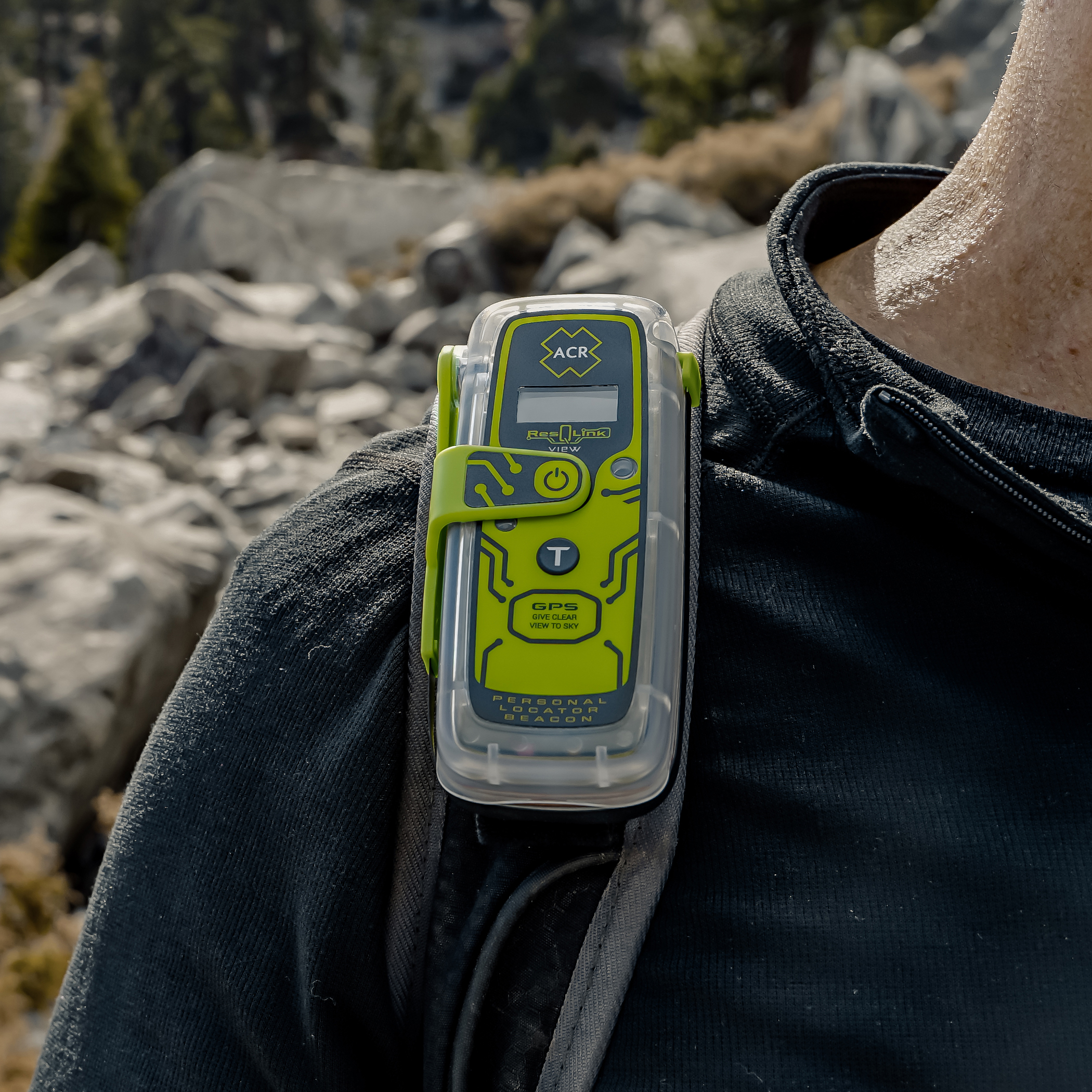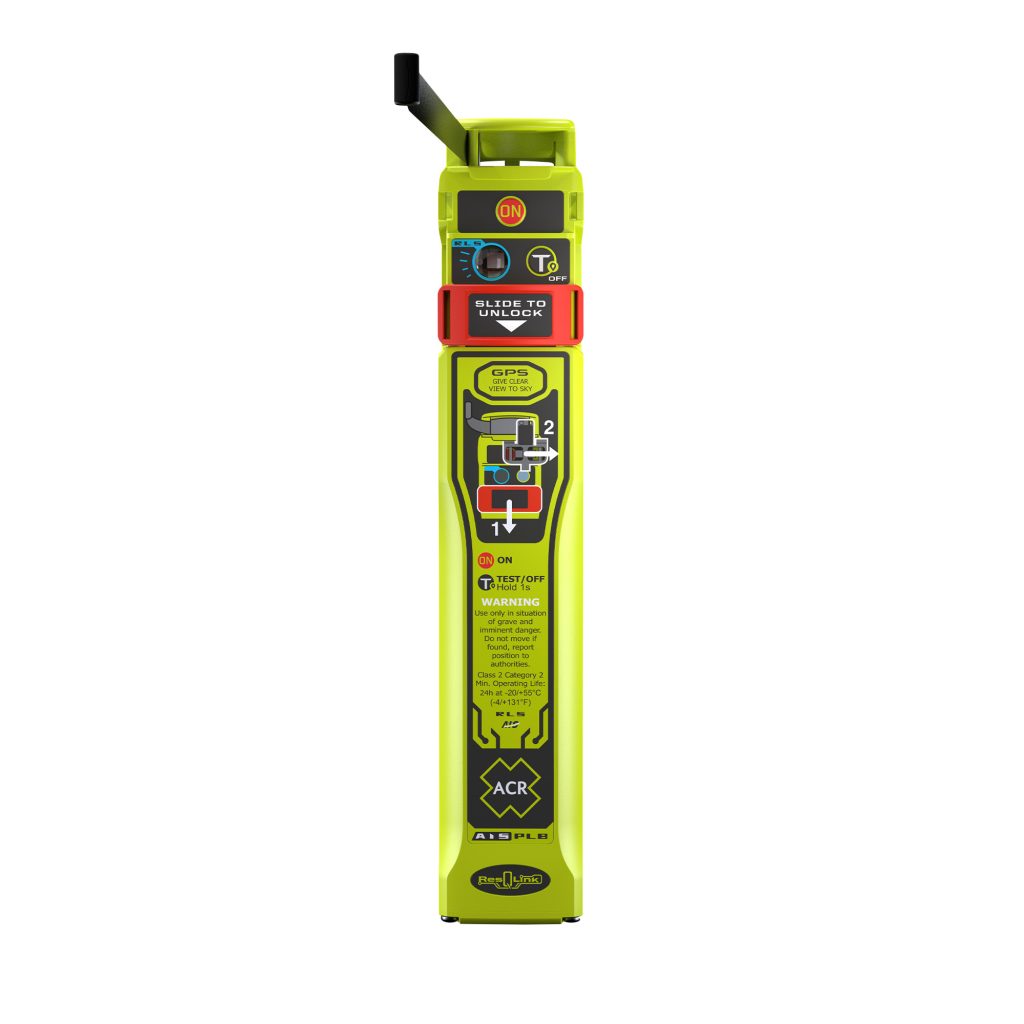 AIS PLB
AIS PLB
What is a PLB or Personal Locator Beacon?
Posted on January 6, 2023
As an outdoor adventurer, you know that emergencies can happen anytime. Even the smallest of them can become life-threatening if you aren’t prepared.
One moment you could be powering your way through an epic trail run in a remote area, and the next, you could be trapped and injured with no help in sight.
This is why it’s so important to have a ‘plan B’ in your back pocket when you venture off the beaten path.
A personal locator beacon (PLB) is a satellite distress beacon that will tell Search and Rescue teams anywhere in the world you need help through seamless messaging.
Your personal locator beacon informs emergency rescue who you are, your location, and that you need immediate help—all via satellite messengers.
Boating, hiking, flying an airplane—whatever your next outdoor adventure may be, having a PLB with you could save your life.
What Does PLB Stand For?
PLB Stands for:
- Personal
- Locator
- Beacon
What Is A PLB?
A PLB or Personal Locator Beacon is a distress beacon for hikers, boaters, hunters, and all outdoor enthusiasts.
When your PLB is activated, it automatically sends a distress signal to a worldwide search and rescue (SAR) network.
Through satellite messaging, your exact location is shared with rescue agencies so that they can find and help you right away.
How Do PLBs Work?
When you purchase an ACR personal locator beacon, you would need to register it, which is mandatory and free to do—more on this shortly.
The information you provide when you register your PLB is what gets communicated to local search and rescue teams via satellite networks.
When you activate your personal locator beacon, it transmits a digital 406 MHz SOS signal.
These distress signals include a unique 15-digit identification number that’s sent to the Cospas-Sarsat satellite system.
When they receive a message that you are in trouble, a rescue team will access your beacon registration, telling them who the device belongs to and additional emergency contact information.
PLBs provide search and rescue teams with your exact location via global positioning system (GPS) data or triangulation calculations from satellite signals.
This location data is provided to the Rescue Coordination Center closest to where you are.
The rescue team will then pinpoint your location using:
- Your PLB 121.5 MHz homing signal.
- An automatic identification system (AIS) location signal on newer PLBs for boaters.
- A strobe light.
And just like that, the ACR PLB keeps you safe, no matter where you are.
Are all Locator Beacons considered PLB?
Not all locator beacons are PLBs.
Together with 406 MHz beacons, the Cospas-Sarsat system is the only government-run worldwide network where a distress signal is automatically sent to the relevant rescue services in the country you’re in.
All similar devices use commercial satellite messaging and rescue centers to receive and forward customized messages to the relevant rescue services.
The Cospas-Sarsat system has masses of built-in redundancy in each and every phase of the system, making it the most reliable one out there.
No device may be marketed or sold in the United States as a “PLB” or “personal locator beacon” unless it is compliant with all of the rules of the Cospas-Sarsat and RTCM standards 47 CFR 95.2991.
PLBs are designed and tested to stringent international requirements that far exceed those of other devices.
The battery life is designed and tested to ensure the personal locator beacon will work at -20 degrees Celsius for up to 24 hours.
The PLB is fully waterproof and drop tested, and undergoes a range of environmental tests to ensure that it will work when you need it to.
Newly Approved Personal Locator Beacons with AIS
Some newly approved PLBs for boaters now have built-in automatic identification system (AIS) technology.
When a PLB with AIS is activated, the satellite signal is sent to nearby boats with AIS transponders. These boats are instantly notified of the PLB’s location.
Vessels in the area where the PLB has been activated can then start rescue and recovery operations immediately without having to wait for an emergency response team.
Additionally, AIS allows local responders to quickly pinpoint the personal locator beacon’s position, which is presented as an AIS target on their onboard display.
This incredible technological advancement speeds up recovery times, which is sure to save lives.
It’s worth noting that PLBs with AIS are only for boaters. If you’re looking to protect yourself during land-based activities, you would need a non-AIS personal locator beacon.
For more information on how a personal locator beacon rescue works, check out our full guide.
What Is the Cospas-Sarsat Satellite System?
The Cospas-Sarsat satellite system is an international satellite messenger system that supports search and rescue operations for aviators, mariners, and land travelers in distress.
The Cospas-Sarsat satellite system is supported by local governments, so there are no subscription fees.
This system has saved thousands of lives:
- Worldwide: Over 50,000 people have been rescued since 1982.
- In the United States: 10,090 people have been rescued since 1982.
What Are The Advantages To An AIS PLB?
The two main advantages of purchasing an ACR AIS PLB are:
- Reducing the search radius of your distress signal to 10 meters.
- It can send an emergency alert to all AIS-equipped boats in a very high frequency (VHF) range.
These features aid in saving more boaters’ lives each year.
What Is Return Link Service or RLS?
Return Link Service (RLS) is a new enhancement to RLS-enabled Personal Locator Beacons that provides a blue flashing L
Return link service (RLS) is a new enhancement to personal locator beacons.
It activates a blue flashing LED light and displays a message that act as visual confirmation from search and rescue teams that they have received your emergency distress message.
A return link service signal sent back through the Galileo satellite network confirms that the distress message, the precise beacon location, and identifiers have been detected.
The comfort of knowing rescuers have been alerted that a PLB has been activated and that they have its location helps reduce the stress on the survivor waiting to be rescued.

Learn more about Return Link Service in our complete guide.
When Should You Activate a Personal Locator Beacon?
You should only activate a PLB when you are grave and imminent danger. When the loss of life, limb, or valuable pr
You should only activate a PLB when in grave and imminent danger. It should only be used when the loss of life, limb, or valuable property is likely without emergency assistance.
From a broken leg while hiking or a sudden storm blowing in and putting your life in danger, an ACR PLB is the ideal solution for outdoor adventurers.
How To Use A Personal Locator Beacon In Case of Emergency?
Personal locator beacons are activated manually by pressing a button.
For it to work effectively, the PLB’s antenna must be deployed and positioned up toward the sky.
Activate the personal locator beacon’s button and ensure the beacon has a clear view of the sky.
If your PLB has GPS/GNSS, do not obstruct that area around the beacon so it can quickly download your location and send it off to search and rescue forces worldwide.
How To Register An Personal Locator Beacon?
For a PLB to work, you must register it with your local authority.
Here are a few situations where you should file a PLB registration:
- If you purchase a new or used 406 MHz beacon, you must register it with your local government.
- If you change any information on your registration—such as your cell phone number, address, or new emergency contact—you must update the 406 MHz beacon registration.
- If you sell or transfer ownership of your 406 MHz beacon, notify your local government that you have done so, and make sure the buyer registers the beacon in their own name. Otherwise, you may be contacted by rescue authorities if it is activated.
How Often Do You Register Your PLB?
Registration renewal should take place every two years at a minimum.
Most registrations can be easily updated online, making it simple to add a trip plan or additional trip details to your registration whenever you want.
Think of your personal locator beacon registration as contributing to your rescue mission.
The more detail you provide and the more frequently you update your registration, you are giving the people coming to rescue you all the information they need to expedite your own rescue.
You can register your beacon with your national authority by visiting our registration page.
Do PLBs Have Subscription Fees?
Once you own a personal locator beacon, there is no additional subscription fee required monthly or annually.
This is because it works through government-funded search and rescue satellites (Cospas-Sarsat).
PLBs save millions of taxpayer dollars each year because they take the ‘search’ out of search and rescue.
Should you ever need to activate your beacon, rescue is free in most parts of the world.
Other satellite communication devices may require monthly or annual subscription fees.
If you purchase a beacon that uses a satellite communicator other than Cospas-Sarsat, the chances are you will likely have a subscription service associated with that device.
These devices, like the Bivy Stick, will allow for two-way messaging, a tracking feature, and check-ins, and will use a third-party organization to monitor your rescue.
How Often Do You Replace A PLB Battery?
Routine maintenance of your PLB beacon is key to having a successful survival plan, and battery replacement is imperative to this.
There is a battery life expiration date on every beacon, and their batteries should be replaced every five years at a minimum.
Self-tests, explained in more detail shortly, should be performed monthly or as the manufacturer recommends.
How Do I Know My PLB Is Working?
It’s important to carry out a self-test to ensure your PLB is functioning properly. You can do this by activating test mode on the PLB. We recommend doing a test at least once a month.
If the test is successful, you can rest assured that the beacon is working. If the self-test fails, you will need to take the beacon in for a service.
If you want to establish whether your beacon signal is reaching satellite communicators and your signal is being received back down to earth, please check out our advanced testing service called 406Link.com.
With 406Link, you can send pre-canned, non-emergency messaging through the self-test feature directly to five contacts via SMS or email.
This non-emergency messaging will not send your location information to emergency responders.
With our new ResQLink AIS PLB, you can use near-field communication (NFC) technology to access your beacon’s diagnostics using a smartphone app.
When a smartphone is placed adjacent to the PLB, the ACR product app automatically opens, providing access to PLB data.
Beacon status information in the phone app includes the:
- Current battery life.
- Number of self-tests completed.
- Number of GNSS tests completed.
- Amount of time the PLB has been activated.
Detailed information on each self-test and GNSS test performed by the device is also available.
GNSS tests show a map view pinpointing:
- Where the previous test was performed.
- The date and time of the test.
- How long it took the PLB to determine the GNSS coordinates.
- The number of satellite messages used to obtain a fixed position.
- The accuracy of the fixed location.
Simple app connectivity with NFC allows users to easily check the status of all PLB functions to ensure it is working properly.
The Benefits Of Upgrading To A GPS PLB
In an emergency, a PLB with GPS greatly reduces the search radius to about 100 meters (110 yards). It also significantly lessens the time to provide location tracking—from just under one hour to only one minute.
The Cospas-Sarsat satellite messenger system relies on three different satellites, the GEOSAR, MEOSAR, and LEOSAR.
- The GEOSAR satellites are stationary over the equator. If your beacon has GPS coordinates, satellite messages instantly alert a government database of search and rescue teams of your position in as little as two to three minutes.
- The MEOSAR satellites are mid-earth-orbiting search and rescue satellites. Using the next-generation satellite network, anyone activating a PLB can expect their beacon to be located within 100 meters (328 feet), 95% of the time, within five minutes of the distress signal.
- The LEOSAR satellites are in low-earth orbit, and one flies over your location every hour. These satellites use Doppler shift principles to calculate your emergency position and send it to search and rescue teams. The notification frequency is typically less than one message per hour, since you have to wait for satellite coverage.
How an ACR PLB Saved a Trail Runner’s Life
Not long ago, a man named Chris and his three friends decided to do a triple trail run in New Zealand.
The last thing Chris packed in his emergency kit was his new personal locator beacon. And it turns out, this was the best decision he ever made.
Before he knew it, Chris was trapped between a one-ton boulder and the side of a glacier, pinning him in place from his shoulders to his hips.
He set off his personal locator beacon and was airlifted to the hospital 45 minutes later.
Although he sustained serious injuries, Chris’s personal locator beacon saved his life. And this is exactly why we’ve designed and developed this product: to keep lovers of the outdoors safe.
Check out Chris’s full Survivor Story for more details.
If you’re looking for one of the best personal locator beacons on the market, you’ve come to the right place. Browse our range of PLBs and other outdoor safety equipment on our website to ensure you always have that ‘plan B’ in place. You never know, your PLB could very well save your life.


